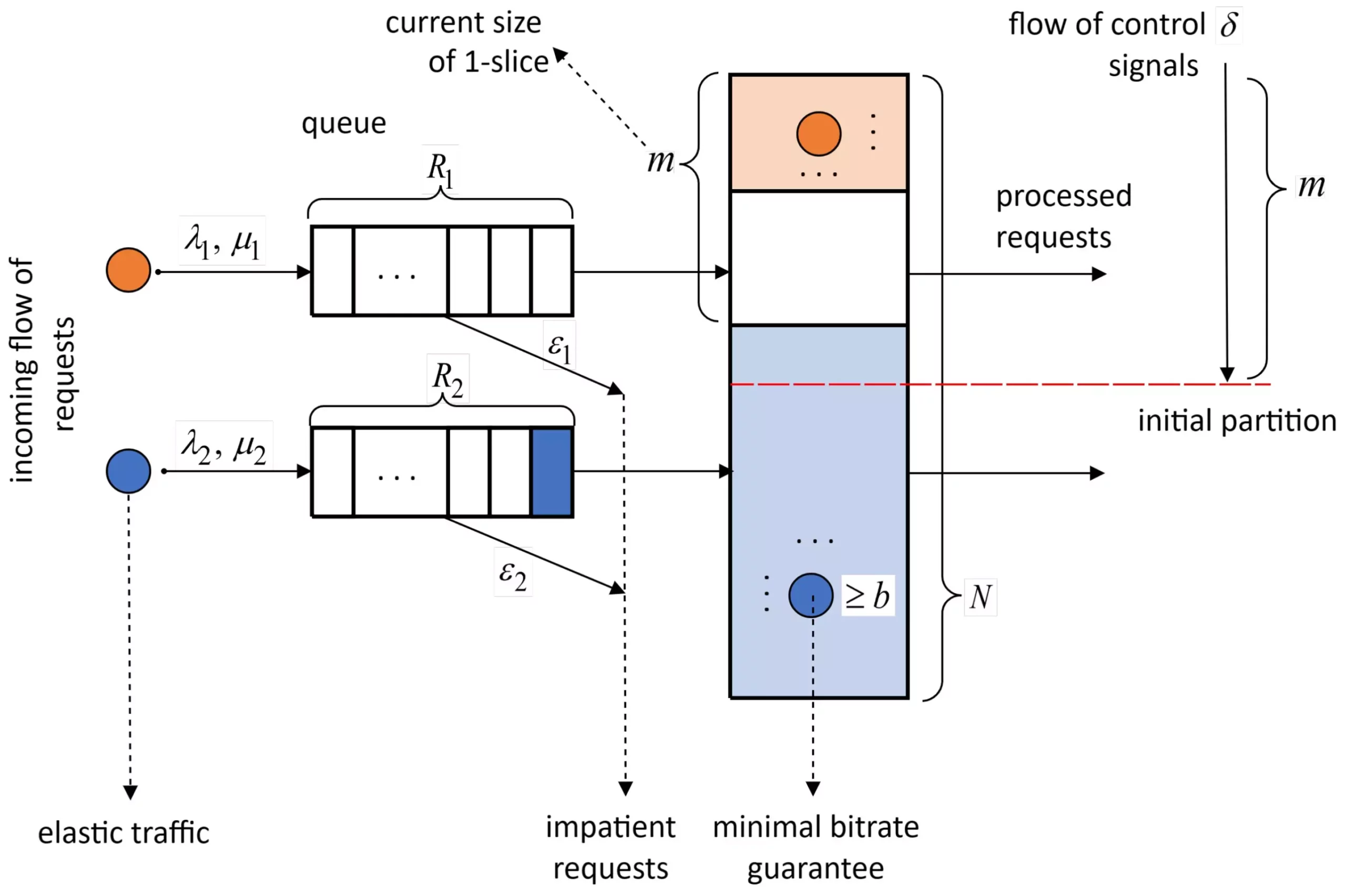5G networks offer numerous features that improve connectivity and enhance user experience. Among these features is network slicing, which involves segmenting the network to logically divide it into slices based on current requests. This segmentation ensures a guaranteed level of signal quality, as resources can be dynamically allocated to specific segments. To ensure the effectiveness of network slicing, optimization of the resource distribution process is crucial. Mathematicians at RUDN University have conducted research to determine the best approach to resource distribution, especially when it comes to sharing elastic traffic between two services. Their findings have been published in the journal Future Internet.
Understanding Network Slicing
Network slicing enables the independent deployment of network resources on the same infrastructure, allowing providers to allocate logically isolated network segments to users based on specific requirements. For example, one segment can be optimized for cellular communications while another is dedicated to support the Internet of Things (IoT). With this in mind, it becomes essential to examine how resource redistribution can be efficiently organized when implementing network slicing in a 5G network. Irina Kochetkova, Ph.D., an Associate Professor at the Institute of Computer Science and Telecommunications of RUDN University, emphasizes the importance of this investigation.
To tackle the challenge of optimizing resource distribution in a 5G network with multiple services sharing elastic traffic, RUDN University mathematicians developed a mathematical model based on queuing theory and the Markov decision-making process. The model relies on three principles: maximum matching for equal resource partitioning, maximum share of signals resulting in resource reallocation, and maximum resource utilization. Using these principles as a foundation, the mathematicians created an iterative algorithm for optimal resource distribution and conducted numerical experiments to test its performance.
The numerical experiments demonstrated the fast convergence of the algorithm, with the optimal solution reached within just three iterations. This highlights the effectiveness of the proposed approach compared to the brute force method, which involves exhaustive search. By analyzing the numerical results, the mathematicians were able to determine the factors influencing the optimal allocation of resources. These factors are the current state of the system and the weighted importance of individual parameters in the reward function, which dictate the operation of the algorithm.
To efficiently calculate the optimal resource scheduling policy, the researchers developed a sequential algorithm. The algorithm begins by maximizing resource utilization as the starting point and proceeds to find the optimal solution for two services: web browsing and bulk data transfer. Through numerical demonstrations, the mathematicians showcased the effectiveness of the algorithm, which converges quickly in just three iterations. The balanced approach, built on the three principles of maximum matching, maximum share of signals, and maximum resource utilization, contributes to the efficiency of the algorithm.
The optimization of resource distribution in 5G networks is a critical task to ensure the seamless operation of network slicing. RUDN University mathematicians have developed a mathematical model and an iterative algorithm that efficiently allocate resources based on queuing theory and the Markov decision-making process. Numerical experiments confirmed the fast convergence of the algorithm and highlighted the factors influencing optimal resource allocation. With this research, the path towards more efficient resource distribution in 5G networks becomes clearer, ultimately benefiting users and providers alike.



Leave a Reply